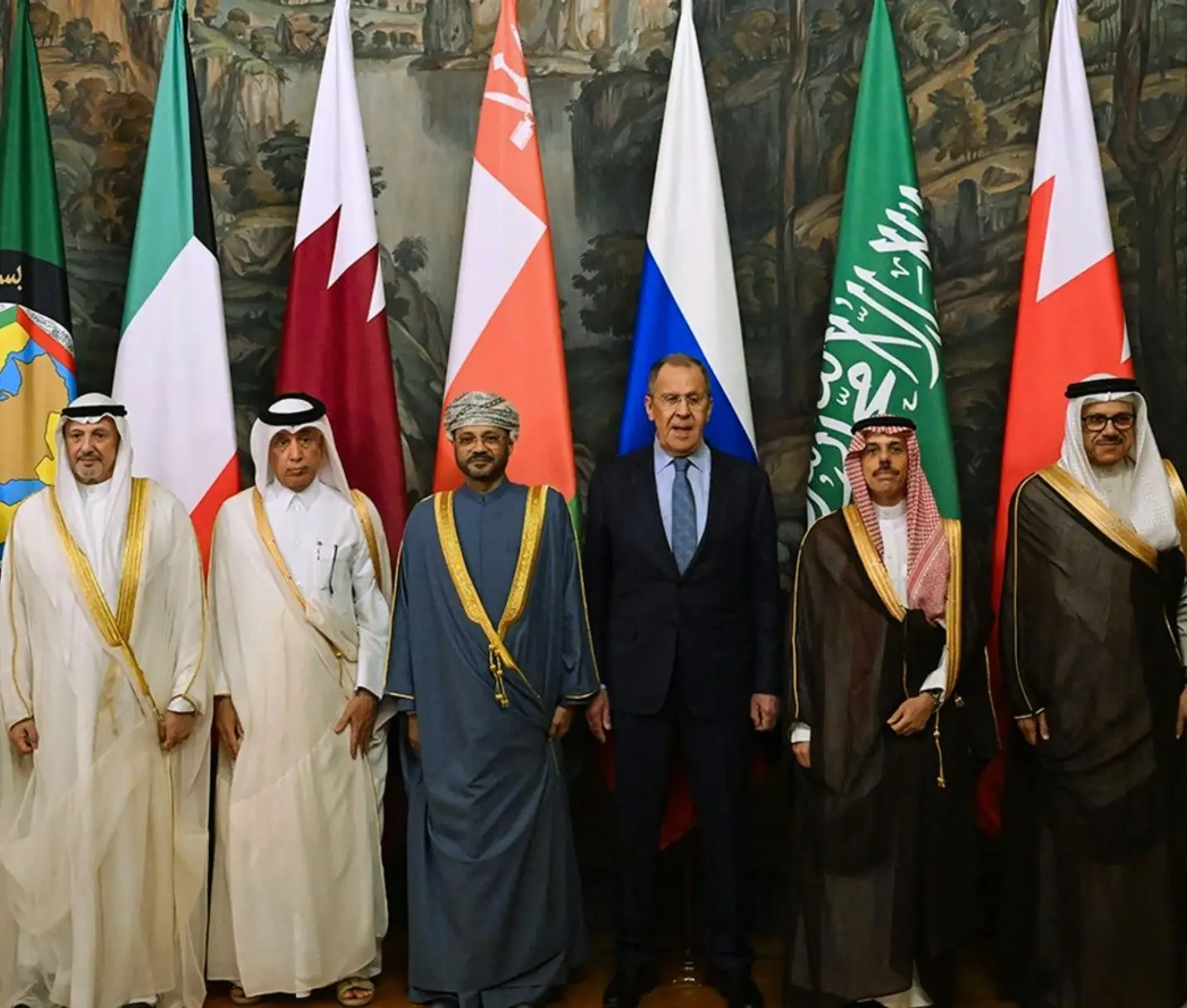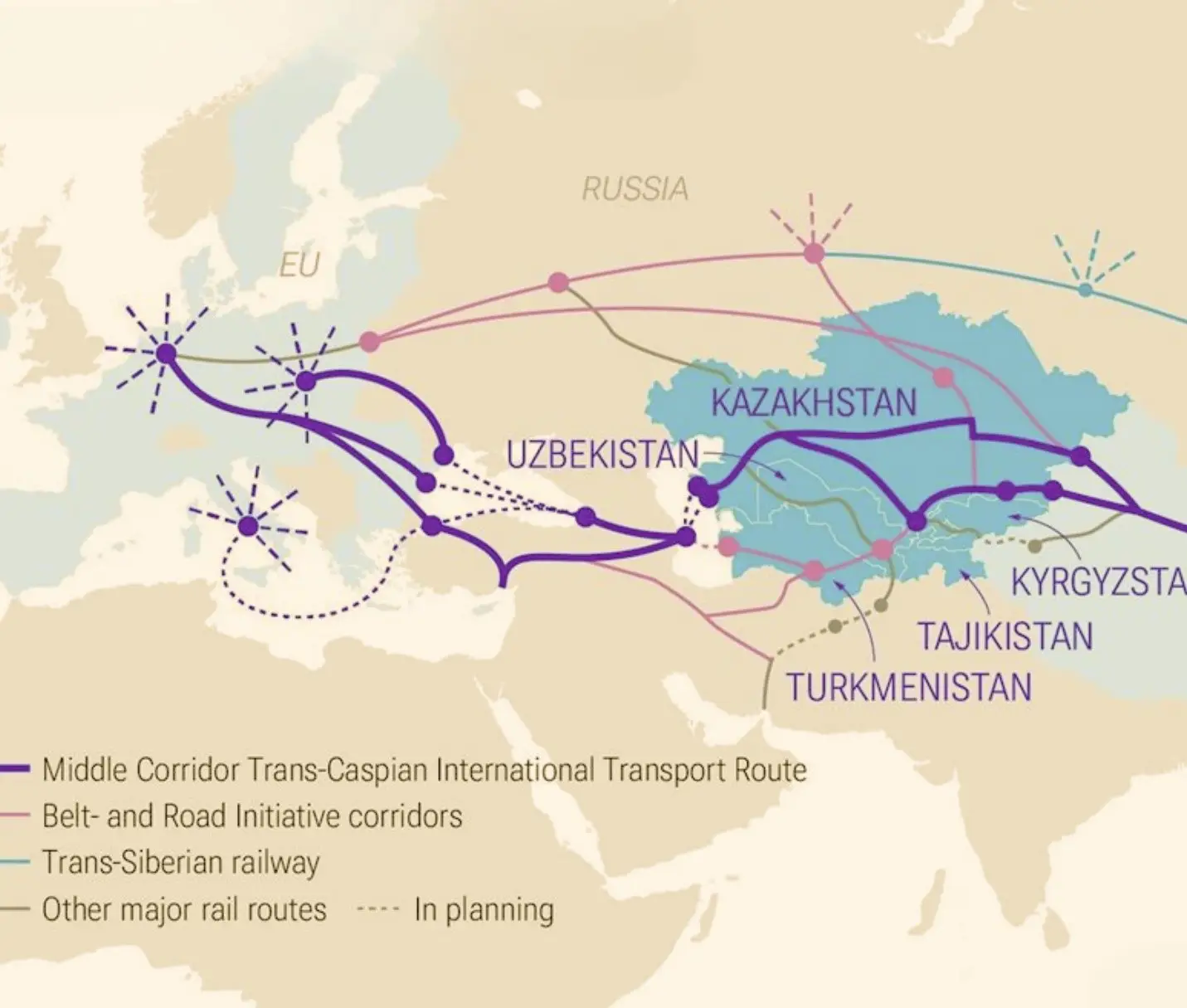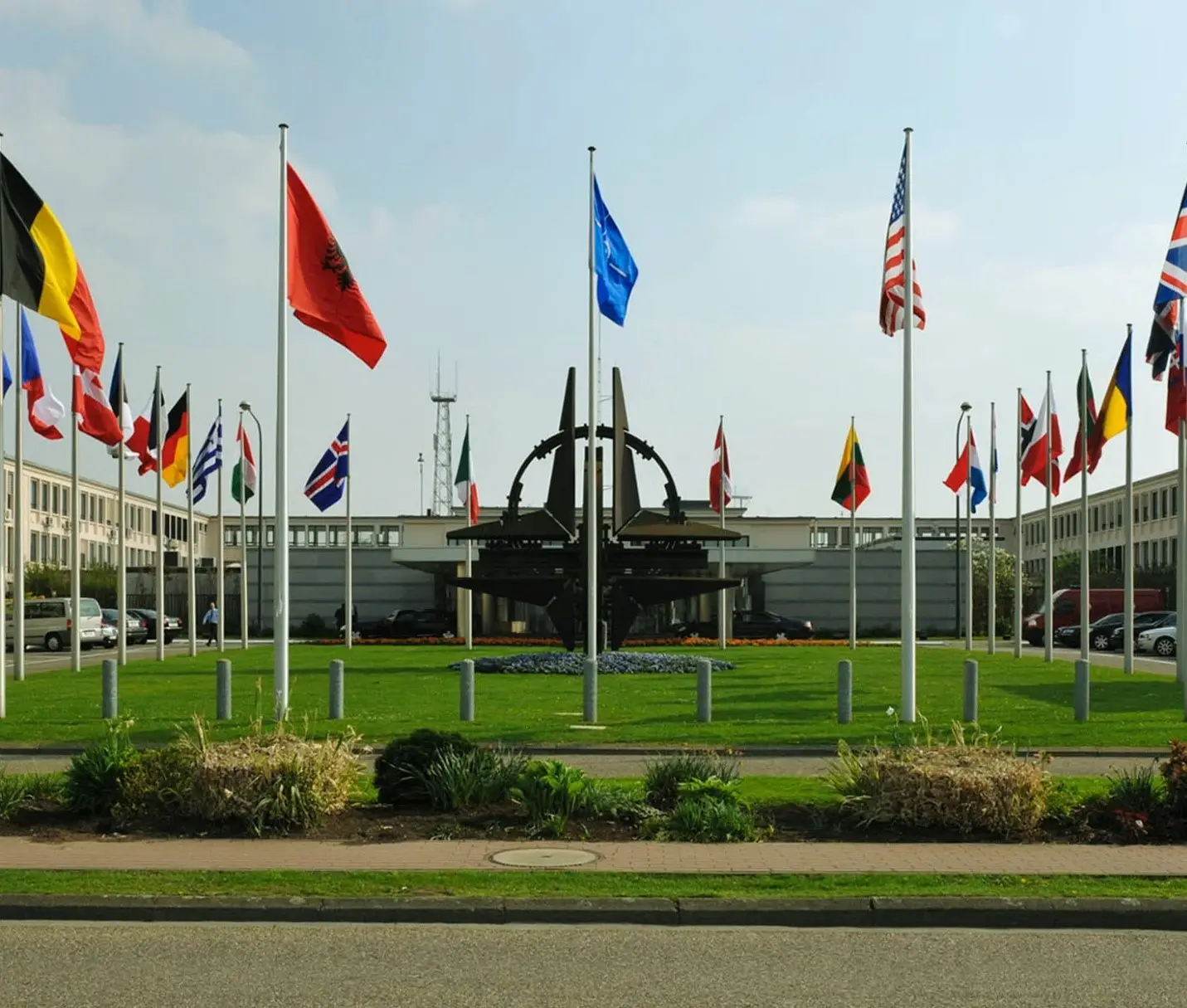The ongoing war in Ukraine has reached a crossroads, with signs that United States under President Trump may be preparing to reduce its support and shift the burden of safeguarding Ukraine largely onto European shoulders. This inference stems from a recent phone conversation between President Trump and Russian President Vladimir Putin, which Trump publicly described as a step toward a ceasefire. However, Putin offered no tangible concessions, instead reiterating his rigid demands, namely, regime change in Kyiv, a non-aligned Ukraine, and recognition of Russia’s annexation claims over five Ukrainian regions, including Crimea. These maximalist objectives, which strike at the heart of Ukrainian sovereignty, remain wholly unacceptable to Kyiv. Despite President Zelenskyy’s prior agreement to Trump’s proposed 30-day ceasefire, Putin’s uncompromising position illustrates the ineffectiveness of the ongoing negotiations, which began in Turkey but failed to yield progress due to Russia’s insistence on addressing the so-called “root causes” of the conflict.
Trump’s remarks following the call suggesting a possible U.S. “backing away” from the conflict have raised concerns that Washington may soon reduce or withdraw military and financial assistance to Ukraine. Although current U.S. aid, including intelligence sharing and the potential transfer of a Patriot air-defense battery from Israel, remains intact, Trump has signaled no commitment to extend or expand support once existing aid runs out later this year. This potential vacuum places Europe at the forefront of the effort to sustain Ukraine’s resistance. Already, European nations have provided substantial support, amounting to €137.9 billion in aid surpassing the U.S. contribution of €114.6 billion. In early 2025 alone, Europe delivered €6.9 billion in aid compared to a mere €500 million from the USA.
To maintain momentum, Europe must not only continue but significantly amplify its support. The Kiel Institute for the World Economy estimates that European countries would need to nearly double their annual aid from €44 billion to €82 billion to compensate for a possible cessation of U.S. support. Simultaneously, European states face escalating demands from Trump to increase NATO defense spending to 5% of GDP, far above the current 2% target and even beyond the U.S.’s own 3.4% expenditure. While this is likely to be a contentious issue at the NATO summit scheduled for June 24–25 in the Netherlands, European leaders are expected to counter with a proposal to raise defense spending to 3.5% of GDP by 2032 and allocate an additional 1.5% toward dual-use infrastructure.
Crucially, investment in Ukraine’s burgeoning defense sector could offer a cost-effective solution. Known as the “Danish model,” this approach involves direct investment in Ukrainian weapons manufacturing, a strategy proposed by Denmark. Already, Ukraine domestically produces about 40% of its military hardware, including nearly all drones, and has the capacity to scale up production with adequate capital inflows. Zelenskyy’s advisers indicate that Ukrainian firms are currently operating below capacity due to funding constraints. In parallel diplomatic developments, Russian Foreign Minister Sergey Lavrov has indicated that Moscow is prepared to present Ukraine with a draft framework for a long-term peace accord after an ongoing prisoner exchange concludes. Both sides have released 390 prisoners each, and more are expected to follow. While Kyiv awaits further details on ceasefire terms and a possible summit between Zelenskyy and Putin, potentially expanded to include Trump, Russia remains skeptical of the Vatican as a venue, despite support from Italy and Pope Leo XIV.
Geopolitical diplomacy continues amid economic adversity. Ukraine remains in a fragile fiscal state, with its credit rating reaffirmed at “Restricted Default” by Fitch Ratings. Additionally, Ukraine failed to reach an agreement with GDP-linked bondholders, while casting doubt over the sustainability of its financial outlook. Nevertheless, International Monetary Fund has launched a new review of its $15.5 billion support program and indicated continued international engagement.
In short, if U.S. commitment to Ukraine falters, European states will need to shoulder the strategic and financial responsibility of defending Ukraine, not as an act of charity, but as a matter of regional security. A resurgent Russia unchecked in Ukraine could pose a direct threat to neighboring NATO members such as Poland, the Baltic states, and Finland.






